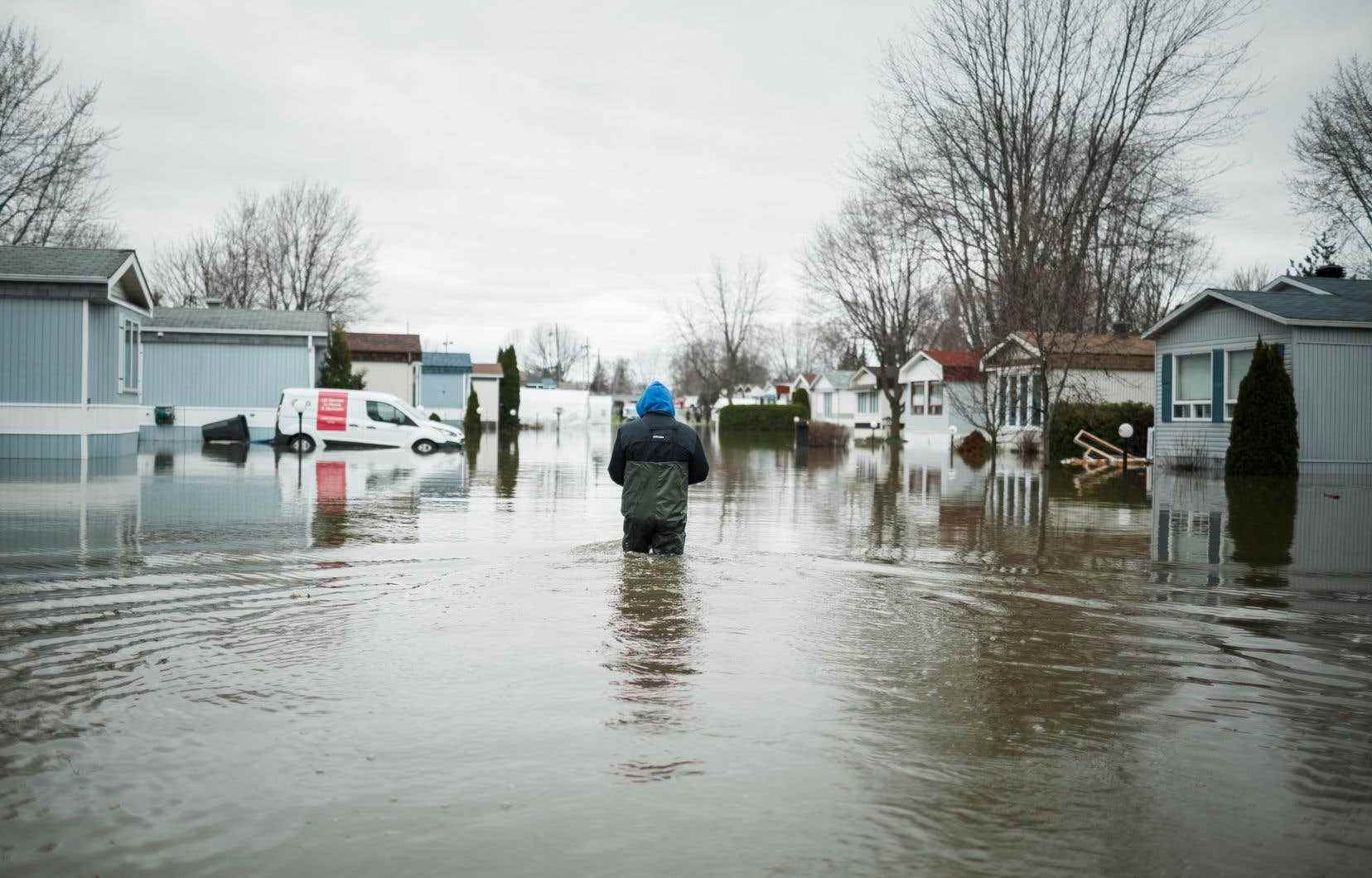Current estimates of the risk of coastal flooding are biased and should be revised to take into account record sea levels, say Quebec and French researchers.
The new methodology they are proposing would have a significant impact on risk management and on the protection of coastal installations, particularly with regard to coastal nuclear power plants in several countries.
The sea level is made up of the predicted tide and what is called “the surge”, namely the “abnormal” overshoot of the sea level. If an overshoot of a few centimeters will be without consequence, it is obviously not not the same for an exceptional tide which can occur on average every 1000 years.
However, the researchers point out, the data recorded by tide gauges in some places only covers about 30 years, which makes it essentially impossible to estimate a 1000-year surge level. They therefore propose to add historical data ― in other words, the record sea levels that are in the archives ― in order to increase the observation time.
“Usually, we will try to estimate a surge with statistical methods, so we use the data recorded by the tide gauges only, but this data can extend over 30 years or even less depending on the region”, specified the author. principal of the study, Laurie Saint-Criq, who carried out this work as part of a joint France-Quebec doctorate between IRSN and INRS.
In France, for example, the rules stipulate that nuclear power plants must be protected from a sea level which adds a maximum tide level (taking into account the evolution of the mean sea level) and the millennial surge .
Accurate estimate
The novelty of this work lies in the fact that we can integrate all the available sources of information and have the most precise possible estimate of the risk, said the researchers from the National Institute for Scientific Research (INRS), the Institute for Radiation Protection and Nuclear Safety (IRSN) and Gustave Eiffel University.
The methodology developed also makes it possible to correct the biases of old approaches, they add.
“The idea is to introduce historical data, that is to say data which has not been recorded by the tide gauges, but which can be found in the archives”, said Ms Saint -Criq.
The importance of looking at historical sea level, she explains, is that a significant surge that occurs at moderate tides may go unnoticed, at least in the records. The researchers therefore launch the hypothesis that we can recover “all sea levels” by looking at historical sea levels.
Global warming finally increases the risk of intensity and frequency of major surges, warn the researchers.
The findings of this study were recently published in the scientific journal Water Resources Research.
